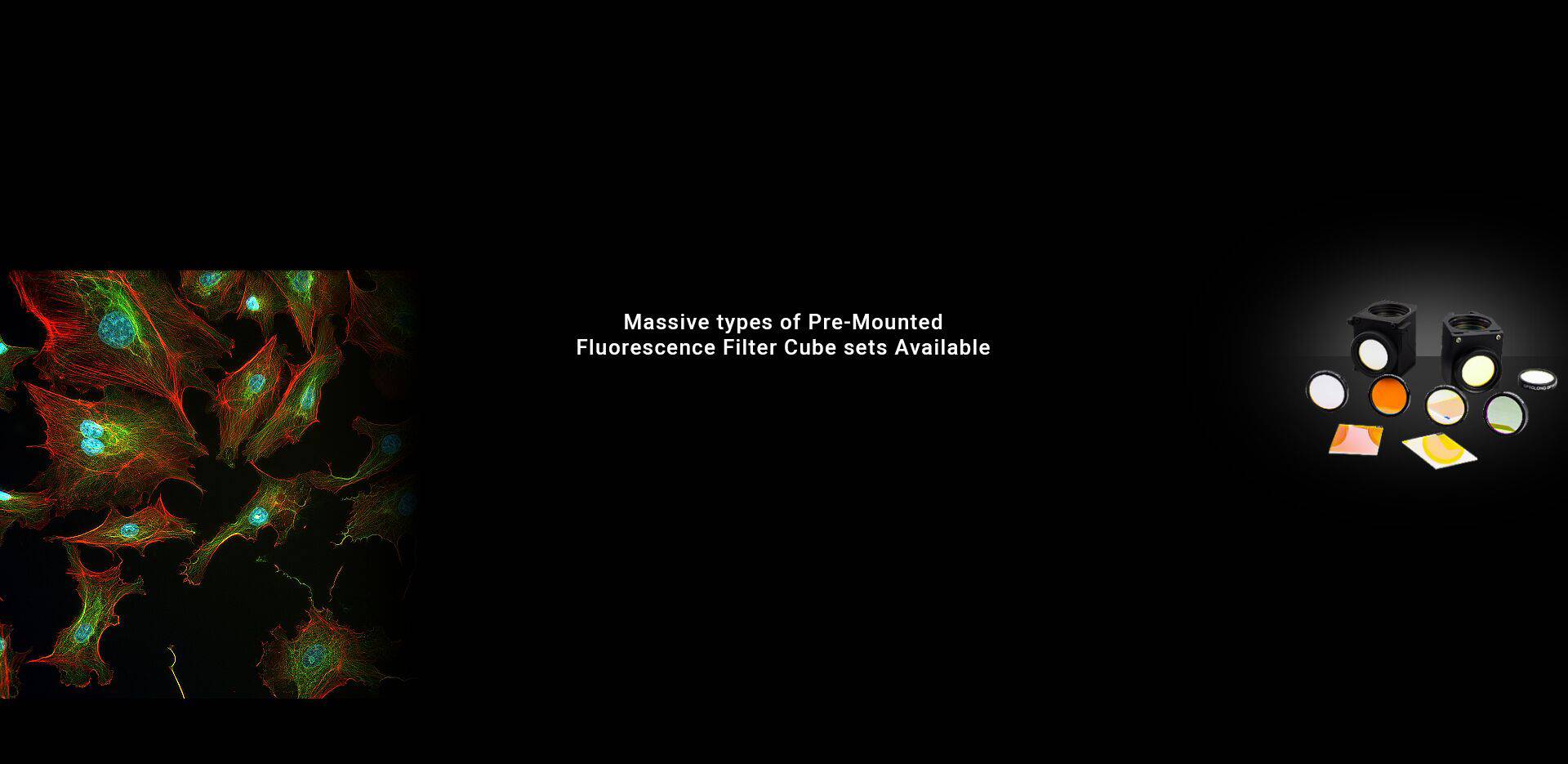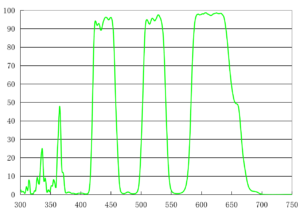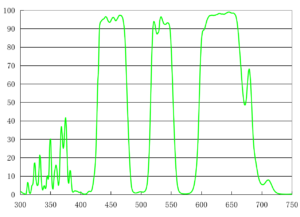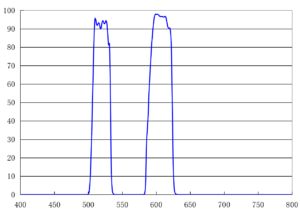-
410-500-580nm Tripleband Dichroic Mirror
Part Number: 33011-DM410-500-580nm …
More Detail -
410-510-590nm Tripleband Dichroic Mirror
Part Number: 33012-DM410-510-590nm …
More Detail -
525-605nm Dualband Emission Filter
Part Number: 32012-BP525-605nm …
More Detail
Frequently asked questions
-
Multi dichroic mirrors are commonly used in a variety of scientific and industrial applications. Key applications include:
Fluorescence Microscopy: These mirrors are critical for directing specific wavelengths of light to the sample and isolating the emission signal in fluorescence imaging.
Biomedical Imaging Systems: They are used in advanced biomedical imaging for accurate diagnosis and research.
Universal Laser Systems: Multi Dichroic mirrors are an integral part of managing the optical path in complex laser systems.
Industrial Inspection and Inspection: They are used in systems that require precise light manipulation to detect and inspect materials.
Life Science Instruments: In the life sciences, these dichroic mirrors are critical for a variety of analytical and research tools. -
The dimensions of dichroic mirrors used in microscopes are usually 36×25.7×1.05 mm.
You can also contact Optolong to custom size your application instrument to meet the specific requirements of its design. -
Yes, The Optolong has various types of Multi Dichroic Mirrors, including:
410-500-580nm Triple band Dichroic Mirror (Part Number: 33011-DM410-500-580nm)
410-510-590nm Triple band Dichroic Mirror (Part Number: 33012-DM410-510-590nm)
500-580nm Dualband Dichroic Mirror (Part Number: 32012-DM500-580nm)
These mirrors are designed for specific wavelength ranges and have unique part numbers for identification. -
You need to pay attention to the following points:
Handling: Always handle mirrors with care. Use gloves to avoid fingerprints and smudges on optical surfaces.
Cleaning: If the mirror needs cleaning, use appropriate optical cleaning solutions and materials, such as lens tissue or rags designed for optical components. Avoid harsh chemicals.
Storage: Store your mirror in a clean, dry environment to prevent dust accumulation and potential damage from moisture.
Avoid physical pressure: Do not apply pressure or physical stress to the mirror as this may damage the optical coating.
Regular Inspections: Check your mirror regularly for any signs of damage or deterioration, especially before and after use. -
Multiband dichroic mirrors are primarily made from materials such as fused silica and B270, which are chosen for their excellent optical performance and durability. Fused silica has high thermal stability, while B270 has good optical clarity.



